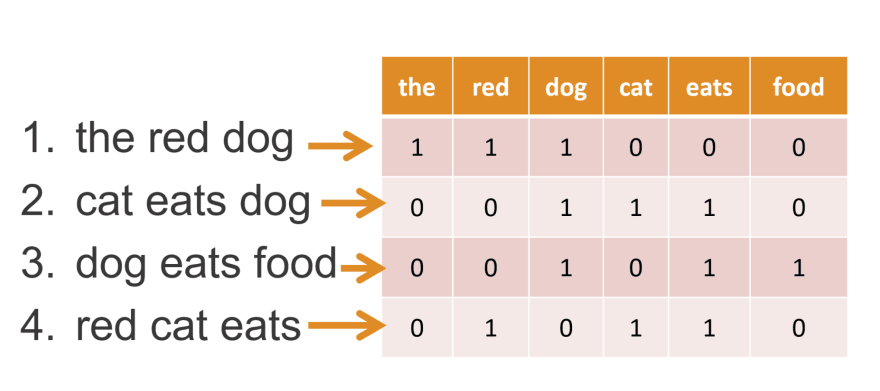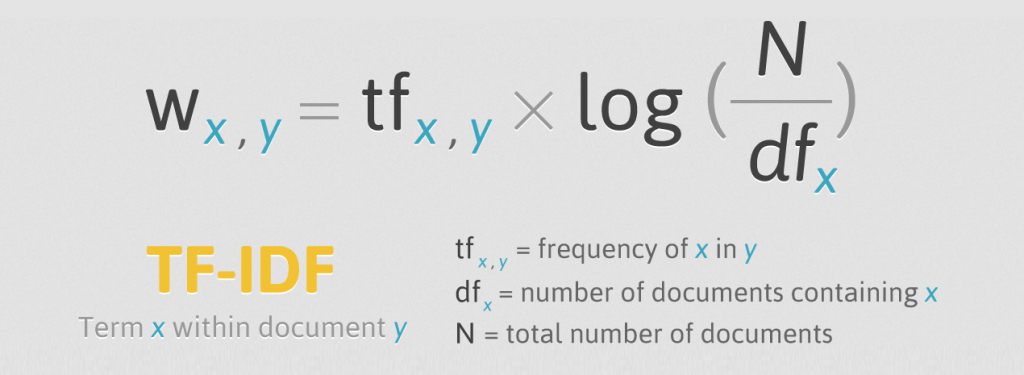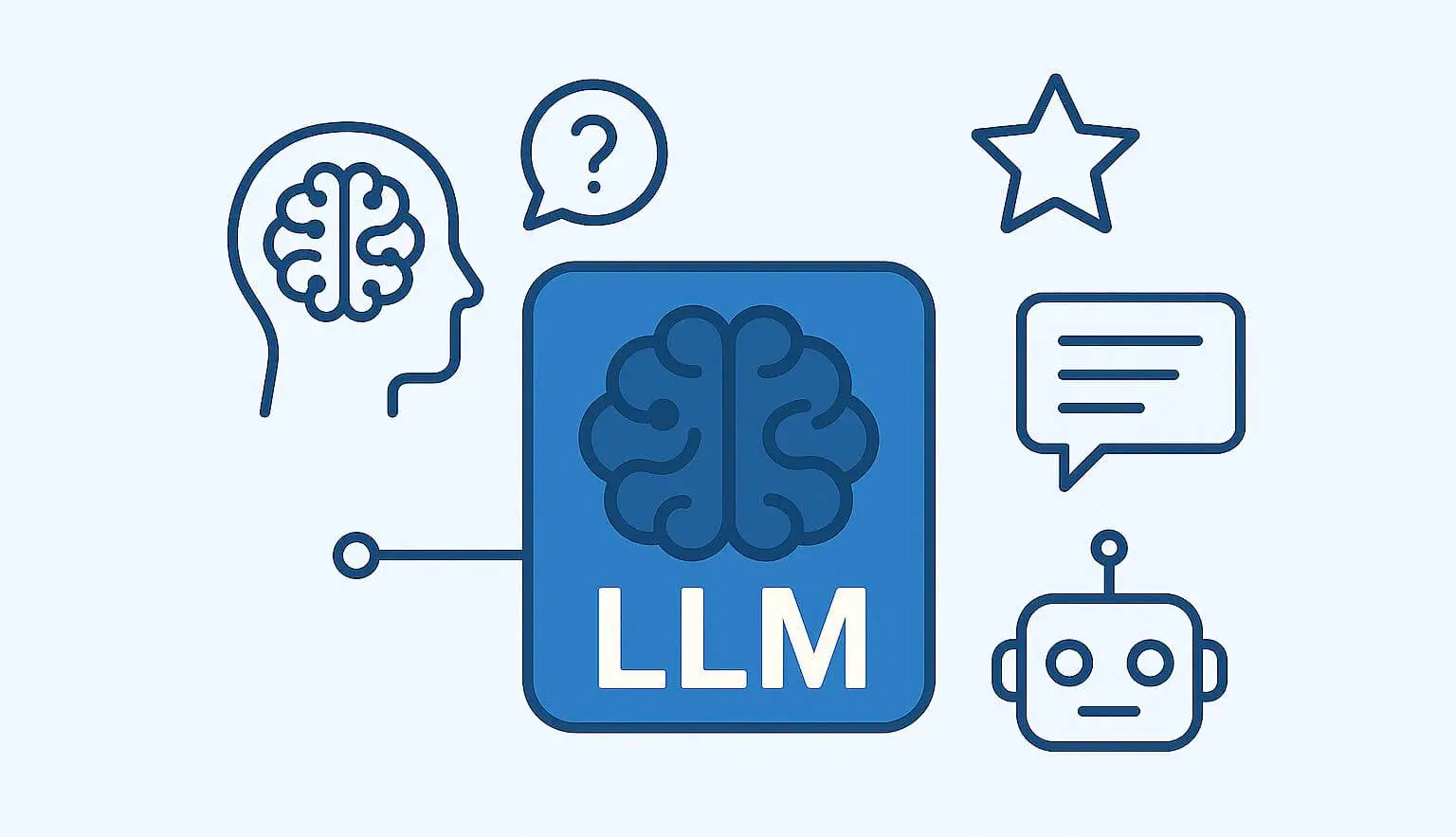
What is Natural Language Processing (NLP), Where Is It Used?

Have you ever wondered what principles the translation programs, voice recognition applications, and spam email analysis tools we use every day work? So, would you like to learn how automatic text correction tools and chatbots understand us so easily? If your answer is yes, let's examine the field of natural language processing (NLP), which is an important sub-branch of artificial intelligence.
1. What is Natural Language Processing (NLP)?
2. How does Natural Language Processing (NLP) Work?
3. What are The Stages of Natural Language Processing Projects?
3.1. Data Preprocessing Stages in Natural Language Processing Projects
What is Natural Language Processing (NLP)?
Natural Language Processing (NLP) is the conversion of human language into a structure that the machine can understand using certain methods. As a result of this conversion stage, we will obtain transformed data that we can perform statistical operations on. Even if there are specific methods and approaches, when doing a Natural language processing (NLP) project, the level of importance of the data in the texts will vary from project to project. The data scientist doing the work decides which data is more important in which projects. The main goals of natural language processing projects are to use time efficiently and reduce costs in situations where processing intensity is high. At the same time, thanks to the live supports used by many companies, customers can receive uninterrupted service and customer satisfaction increases. Of course, the usage areas of natural language processing projects are not limited to this. NLP approach is frequently used in customer analysis in every sector. Thanks to the analysis studies carried out on customer comments, products suitable for the customer can be easily identified and customer satisfaction can be increased. Even though it has been integrated into many sectors, Natural language processing is an area that is still developing and being studied. In the future, it will facilitate communication in many new areas, as it does now, and will make significant contributions to speeding up work and increasing quality. Let's get to know this field more closely by examining natural language processing principles together.
How does Natural Language Processing (NLP) Work?
The general principle in natural language processing studies is to create meaningful small pieces from the text and thus convert the text into statistical data. One of the important points at this stage is what steps to follow when dividing the text into small parts. Another important point is to determine which data is meaningful for the project. The significance level of the data varies to a certain extent from project to project. Data and expressions that are very important for one project may not have meaning for another project and may reduce the quality of the project. The quality of the features obtained and the level of compatibility with the project will directly affect the result of the study. For this reason, before starting the project, it should be carefully investigated which data are important for the project to be carried out and the next stages should be proceeded accordingly. Once the features that meet the requirements for the project are identified, these features are obtained from the text and these data are used in the analysis process.
What are the stages of natural language processing projects?
1) Data Preprocessing Stages in Natural Language Processing Projects
At this stage, some changes and transformations are applied to the text to make it more usable. At this stage, we can remove data such as website extensions, e-mail addresses, and punctuation marks from the text. If it is important for the project, it would be useful to add information such as how many e-mail addresses or website addresses in the text to the data set numerically.
a) What is Correction of Spelling Errors in NLP?
Words in the texts may be misspelled. Correcting spelling errors is important for natural language processing projects and directly affects the result. In some projects, typos can become extra important. For example, in a study detecting spam mail, it is an important indicator how many words have spelling errors. Before correcting the words, it may be useful to determine how many words have errors and use them for the project.
b) What is Tokenization in NLP?
Tokenization is the process of splitting text into meaningful pieces. For example, the process of dividing a long text into words is a tokenization process. The data generated after the tokenization process should be checked. Sometimes the division process may not be as we wish. Observing possible errors by checking will improve the project result.
c) What is the Removing Stop Words in NLP?
Some words that do not express meaning or emotion (words such as thing, so, and, or) may not be useful in the project. It would be advantageous to remove these words when starting the project. Before these words are removed, attention should be paid to whether the words contribute to the project. In a project where we are trying to understand whether the text is a positive text or a negative text, words such as "I", "it", "or" will not contribute to the project. These do not have a positive or negative meaning. In a project where we conduct personality analysis based on comments made by users, things will change to a certain extent. Even if there are stopwords, the use of certain words will make our job easier when guessing personality. For this reason, we need to think carefully before removing words.
d) What are Lemmatization and Stemming Methods in NLP?
Words are often found in derived forms in sentences. When we try to extract statistical data, we may want to reach the root of these words. Although the words "Books" and "Book" are used differently, they refer to the same word. The process of turning words into roots are Lemmatization and stemming methods.
After these stages, the method also known as "Part-of-speech tagging" can be used. In this method, the types of words (noun, adjective, verb, etc.) are determined. While words will be classified according to their types, in some projects, determining how many words of each type are in the sentences and their positions in the sentences will also be sufficient data.
We cleaned the data. We obtained some statistical values. So, is the pre-processing phase over? Not yet! Next, I will talk about a few methods used in natural language processing projects.
⇒ What is the Vectorization Method in NLP?
With this method, words in sentences are converted into numbers. As a result of this process, a matrix consisting of the intersection of words and sentences emerges, and the words turn into more meaningful structures for the machine. The data in the matrix are values that show how many times words occur in sentences. Let's examine this method with an example.

This matrix, which includes how many times words appear in which sentences, is a frequently used method in natural language processing projects.
⇒ What is the TF-IDF Method in NLP?
In this method, a matrix emerges. Although it is a similar method to count-vectorizer, there is a fundamental difference. When using this method, the frequency of words, not the number, is taken into account. Let's first examine the formula and understand the formula with an example.

It's not as complicated as it seems. Let's start the review.
Sentence1 = "She came home late today"
Sentence2 = "She came to work late."
Sentence3 = "She just started work."
Let's find the tf-ıdf value of the word "came" in the first sentence.
Tf value is the rate of occurrence of the word in the sentence. Since 1 out of 5 words is the word "came", tf = 0.20. Idf value is a ratio between sentences. We start by dividing the total number of sentences by the number of sentences containing the word "came".
Number of sentences = 3,
Number of sentences containing the word "came" = 2,
ratio = 3/2
When we take the logarithm of this ratio, we will find the IDF value. For this, it will be enough to use the calculator. log(3/2) = 0.176. Very good! We found the Tf and IDF values. The last step is to multiply these values.
Td-Idf = 0.176 * 0.20 = 0.0352. Although it is a long process, it is not a difficult one. Also, of course, we will not calculate these values one by one. We can do this very easily with a few lines of code. As a result of this method, a matrix will be formed and the words will become meaningful for the machine.
⇒ What is the Named Entity Recognition Method in NLP?
This method basically aims to classify words. We examined that we can classify words as "nouns" and "adjectives". Similarly, we can use words in our projects by dividing them into groups such as "location information" and "historical information". This method is known as "Named Entity Recognition" in NLP projects.
⇒ What is Sentiment Analysis in NLP?
This method also aims to classify words, but approaches words from a different perspective. It classifies words into three groups: positive, negative and neutral. This classification is also a very important approach for NLP projects.
In addition to these approaches, other methods can be tried depending on the project. The main purpose here is to convert the data in the text into meaningful numbers. With the new data set created using the appropriate methods here, the next stage, the modeling stage, can be started.
2) Model Building in Natural Language Processing Projects
Modelling is the stage of converting the data we obtain into artificial intelligence. With this stage, we try to create models that communicate and make predictions using the data we have created. We try to get the best results by optimizing the model we created. We use machine learning and statistical techniques together when creating these models. In the next post, we will examine NLP projects in more detail by doing a sample study.
What are Natural Language Processing Projects?
1) Classification of Texts with Natural Language Processing
Sentiment analysis by classifying texts as positive or negative, classifying e-mails as spam, and determining whether the message writer is a man or a woman are examples of NLP projects.
2) Making a Chatbot with Natural Language Processing
Chatbots, found on almost all the sites we use, are the most important examples of projects created with natural language processing. This technology, which tries to produce the appropriate response by understanding the subject, content and context of the message coming from the user, is developing rapidly with NLP projects.
3) Changing, Shortening and Extending Texts with Natural Language Processing
Technologies that create similar texts, summarize texts, or extend texts and add new sentences to the text are all positive results of natural language processing projects. In these projects, which have a similar logic to chatbot technology, texts are examined with NLP, new text is created by understanding the subject and content of the text.
4) Text to Speech, Speech to Text and Language to Language Translation with Natural Language Processing
The translation programs that we all use constantly, the automatic subtitling works we see on television and many movie platforms, and the programs that automatically translate sounds from one language to another are a very important indicator of how integral natural language processing projects are to our lives.
Search engines that we use every day, many other software such as Chatgpt and natural language processing are present in many areas of our lives.
If you want to learn and follow this important field, you can follow me on the accounts below.
Linkedin: www.linkedin.com/in/mustafabayhan/
Medium: medium.com/@bayhanmustafa
Thank you for reading this far without getting bored.
















